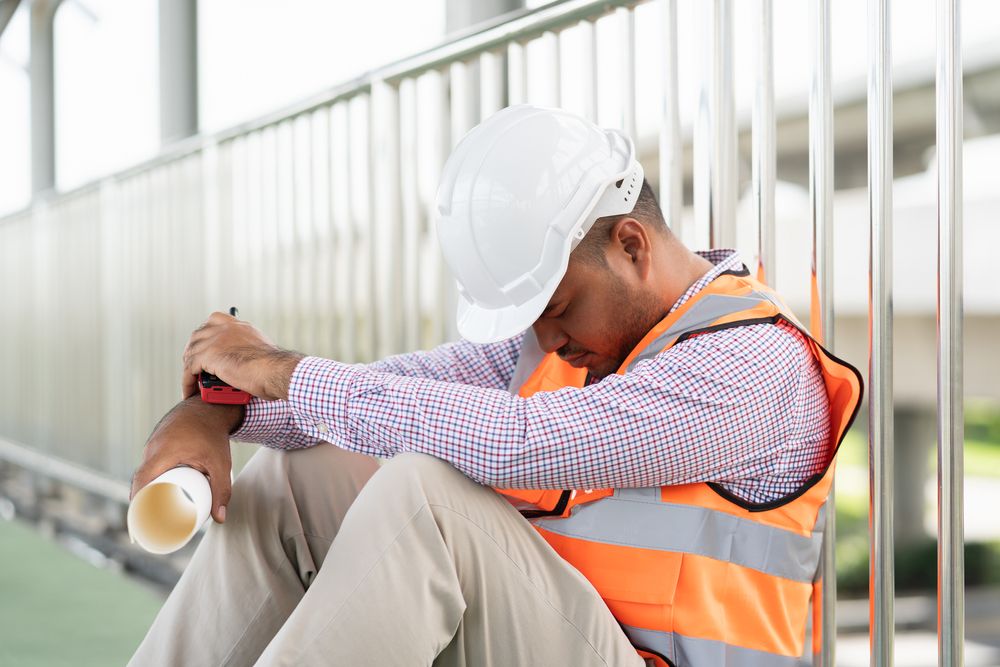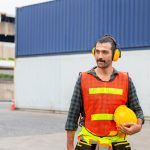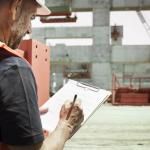
Building Resilience in the Workplace
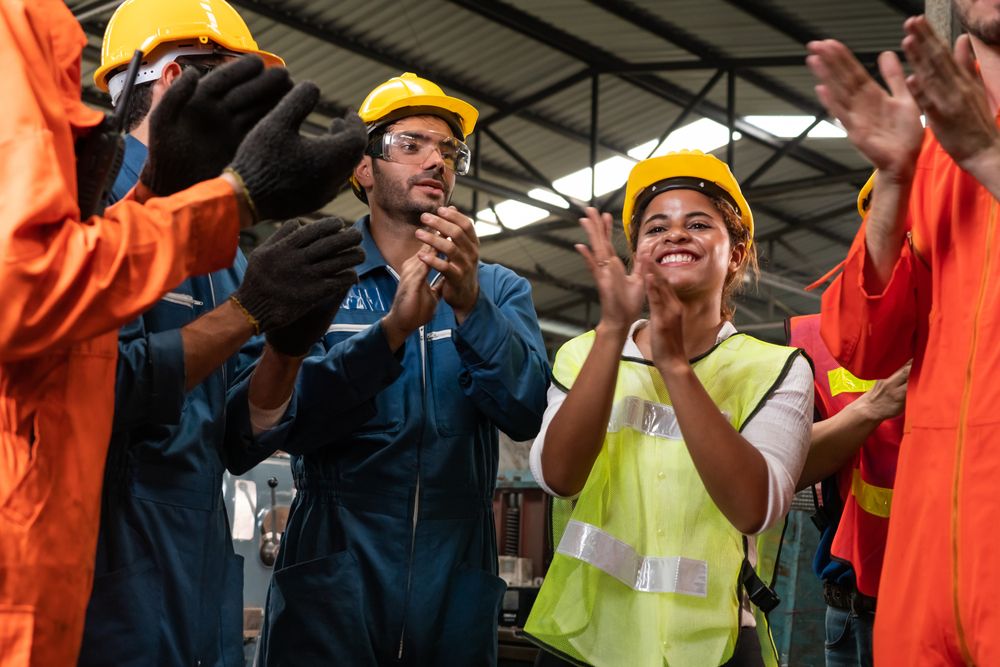
Besides, workplaces are ever-evolving, thereby bringing about new challenges for employees. While change is considered good in most cases, it can lower the level of resilience among employees.
What Is Workplace Resilience?
Resilience refers to an individual’s ability to overcome challenges. Workplace resilience can, therefore, be defined as an employee’s capacity to recover from work-related stress and other challenges. Resilient employees can effectively regulate their emotions and thoughts amidst adversity in the workplace.
Such employees don’t exhibit negative emotions when faced with a challenge. Instead, they perceive each challenge as an opportunity for growth. This can greatly improve productivity in the workplace. Additionally, resilient employees can keep their heads in the game even when under pressure.
How Creating A Positive & Safe Work Environment Builds Resilience and Improves Productivity in the Workplace
There are several ways through which employers can build resilience among employees. However, one of the most effective methods is by creating a positive and safe work environment for the employees.
Positive Work Environment
A positive work environment is often associated with employee happiness. Happy employees tend to be more resilient when faced with work-related challenges. Creating a positive environment can make employees have the right attitude when at work.
With a positive attitude, employees can accomplish tasks in good time and will also motivate others to do the same. Also, a positive work environment reduces stress among employees. Negative stress has a direct effect on employee performance, meaning employees will perform better in a stress-free environment.
Safe Work Environment
A safe work environment is all about caring for employees’ well-being and making it a priority. When employees are in a safe workplace, they are more likely to perform better. This is because they feel secure, thus preventing possible cases of anxiety. Long-term anxiety can result in employee depression and may also lower performance.
Creating a safe work environment goes beyond the prevention of physical injuries. To build employee resilience, the workplace must be psychologically safe. If the workplace environment is unsafe, employees can have low resilience and vice versa.
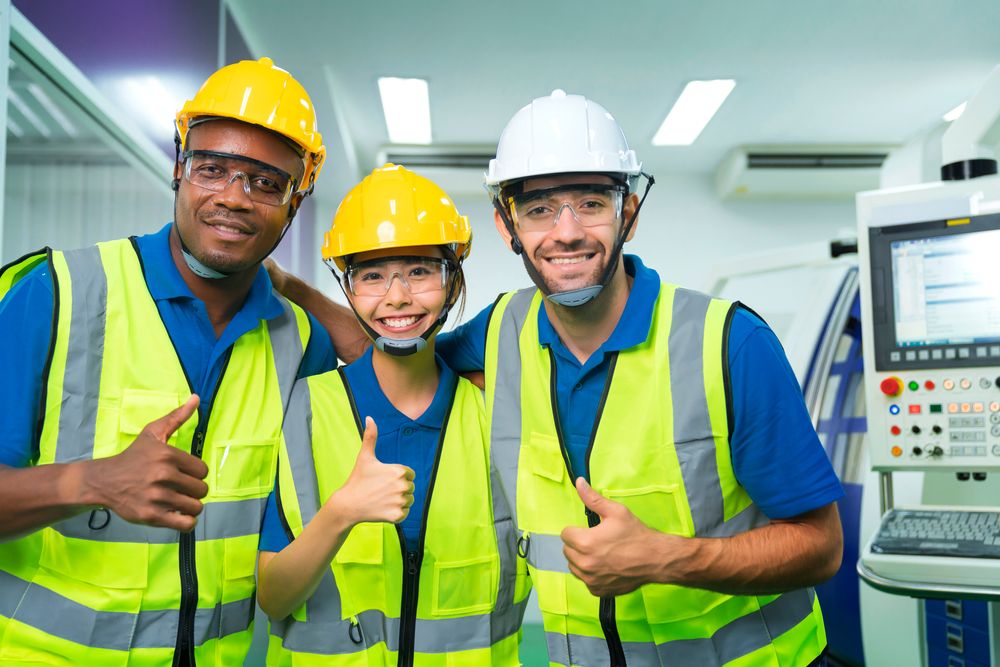 Aspects of a Resilient Workplace
Aspects of a Resilient Workplace
The following are the result of a resilient workplace:
Improved Judgment
Good resilience allows employees to control their thoughts and emotions when making major decisions. By applying logic, employees can solve problems professionally.
Reduced Burnout
Poor resilience at the workplace can result in employee burnout. A resilient workforce can accomplish multiple tasks successively without experiencing burnout.
Improved Communication
Employees with good resilience can actively share new ideas, ask questions, and often engage fellow employees in constructive discussions.
What Employers Can Do For Their Employees to Build Resilience in the Workplace
Here are a few things you can do to build resilience in your workplace:
- Organize resiliency training workshops
- Creating a resilient work culture
- Setting reasonable and realistic expectations
- Design flexible work schedules
- Rewards and recognition
- Allow autonomy in the workplace
Advanced Consulting & Training – Building Resilience Through Safety Training
Having a resilient workforce can greatly boost a company’s performance. Nonetheless, when resilience is low, the company in question may have issues with employee performance. To improve employee performance, employers must create a positive and safe work environment. This will, in turn, cultivate resilience among employees.
At Advanced Consulting & Training we offer a variety of management development programs that will help you gain skills for building a resilient workplace.
If you’re ready to get started on building a better workplace, contact us today!

